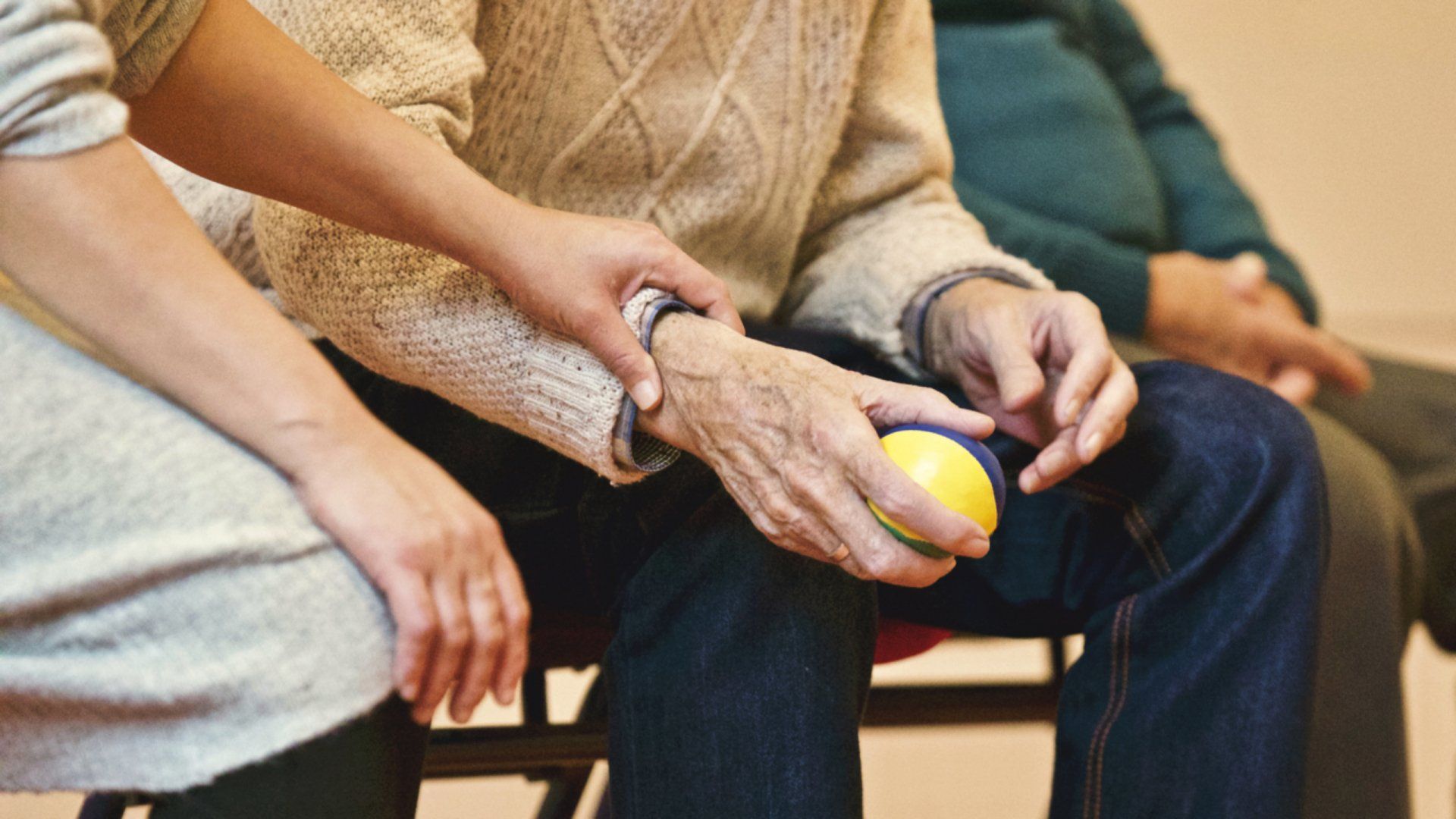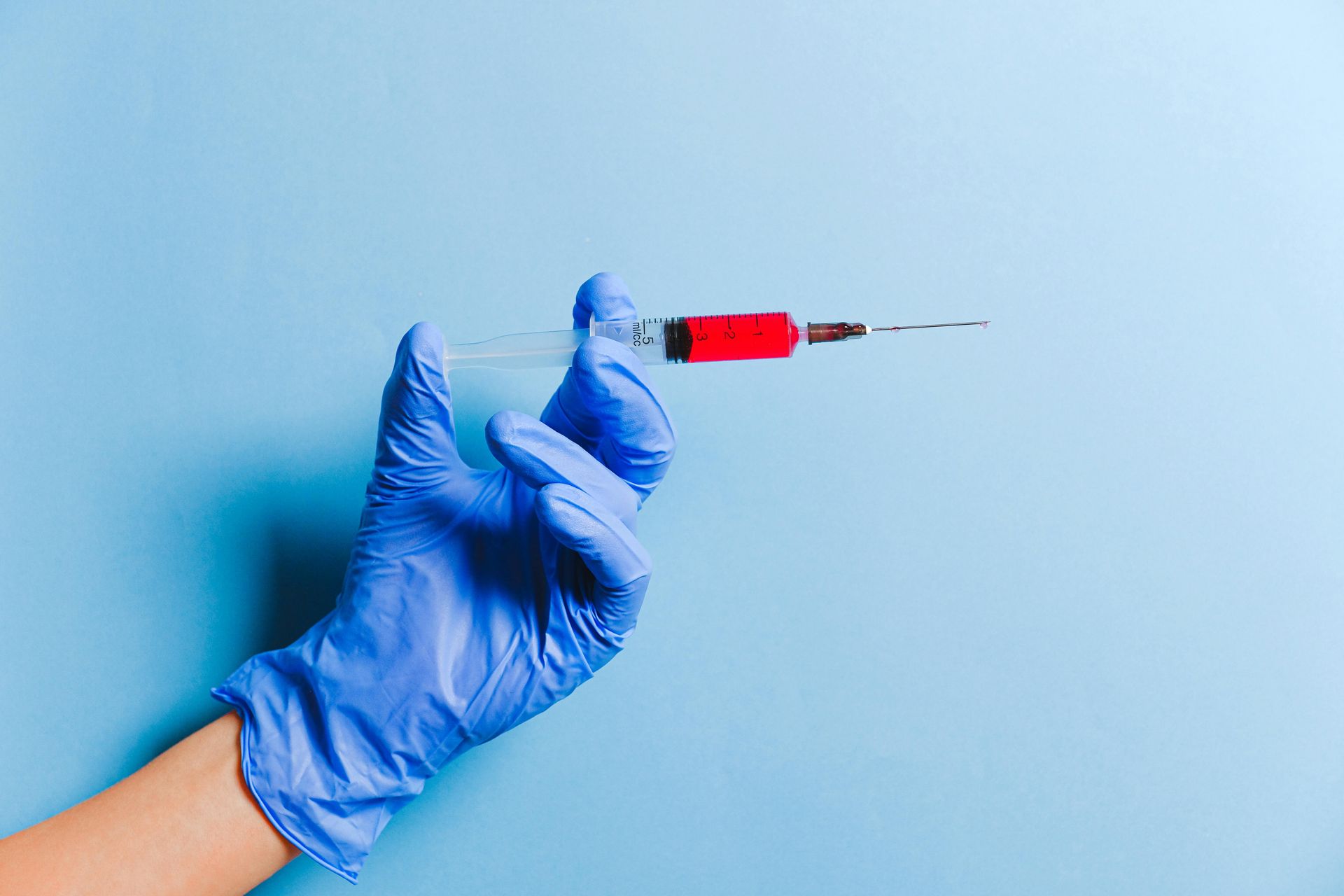
Coronary Artery Disease: Treatments, Complications, and Prevention
Coronary Artery Disease, Part 3

We have already learned about the basics of CAD, symptoms, when to call your doctor, and how CAD is diagnosed in parts 1 and 2.
Here's a quick review:
Coronary artery disease is a condition that occurs when the major blood vessels that provide blood and oxygen to the heart become blocked due to plaque build-up or inflammation.
Coronary artery disease (CAD) is also known as coronary heart disease or ischemic heart disease and is the most common type of heart disease in the United States.
CAD is the leading cause of death in the United States.
Coronary artery disease is also called "atherosclerosis" or "hardening of the arteries.
How is coronary artery disease treated?
Your doctor may order medication to prevent or treat the symptoms of CAD, including:
- Medication to lower your cholesterol
- Aspirin or some other pill to reduce your risk for blood clots
- Medications to control your heart rate, heart rhythm, or blood pressure
- Nitroglycerine as needed to widen the coronary arteries and restore blood flow during chest pain
- Ranolazine for chest pain
Your doctor may want to perform a cardiac catheterization or an angiogram if they suspect your CAD could lead to a heart attack or other complications; they may be able to place a stent during the procedure to open up the artery and restore blood flow.
If your condition warrants it, your doctor may want you to have coronary artery bypass graph surgery (CABG) to restore blood flow to your coronary arteries.
What are the complications of coronary artery disease?
Early recognition, diagnosis, and treatment for coronary artery disease are vital to preventing life-threatening complications. These can include:
- Angina (chest pain)
- Heart attack
- Heart failure
- Heart arrhythmias
- Sudden cardiac arrest
Can coronary artery disease be prevented?
A heart-healthy lifestyle can prevent or help you recover from coronary artery disease.
Eat a heart-healthy diet, including fish and fish oil (Omega-3 fatty acids), flax and flaxseed oil, and alpha-linolenic acid (found in canola oil, soybeans, and soybean oil).
Lose weight or maintain a healthy weight.
Practice stress management.
Get enough sleep.
Control your blood pressure through diet, exercise, and the medications your doctor prescribes.
Decrease or control your cholesterol levels with diet, exercise, and the medications your doctor prescribes.
Manage your blood sugar carefully if you have diabetes.
Limit alcohol consumption
Schedule regular medical check-ups and health screenings.
Take away
Coronary artery disease is a common type of heart disease and can lead to a heart attack and death if not recognized and treated early.
Eating a heart-healthy diet, regular exercise, and other heart-healthy lifestyle changes can decrease your chances of developing CAD or help your body heal from it.
Contact your doctor if you have risk factors or symptoms of CAD.
Call 9-1-1 if you or someone close to you starts to show signs of a heart attack.
Do you need help with the medical content on your blog or website?
Send me an email or contact me on my website!
Thank you for taking the time to read my blog.
Sources:
Coronary artery disease - Symptoms and causes - Mayo Clinic
Coronary artery disease - Diagnosis and treatment - Mayo Clinic
Coronary Artery Disease | cdc.gov
Coronary Heart Disease - What Is Coronary Heart Disease? | NHLBI, NIH
Coronary Heart Disease - Causes and Risk Factors | NHLBI, NIH










